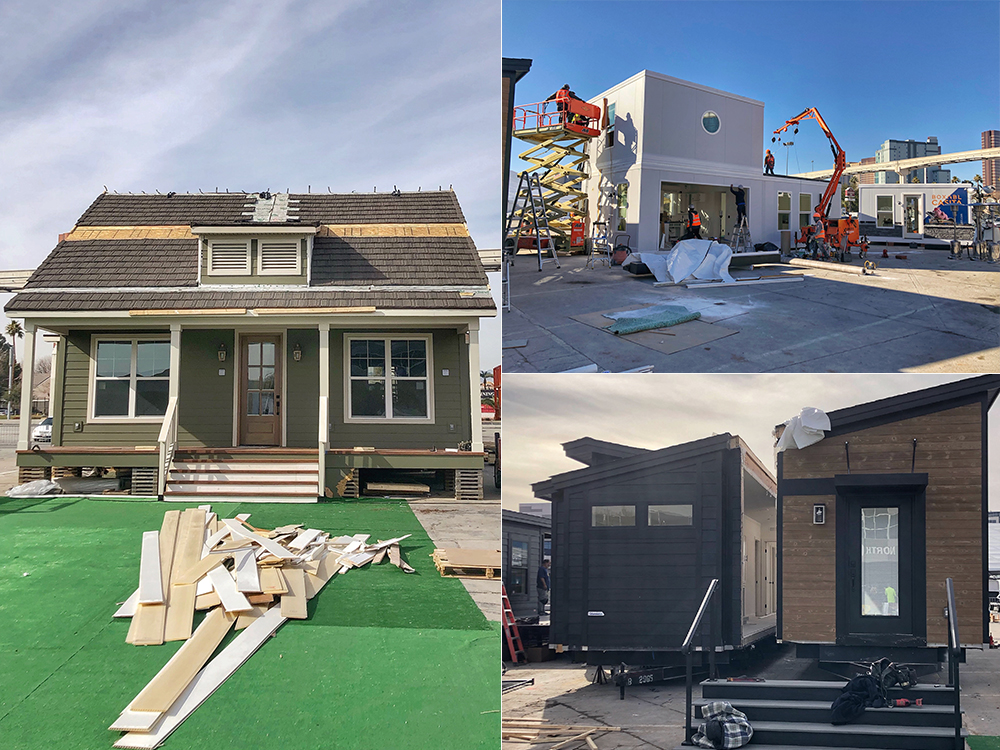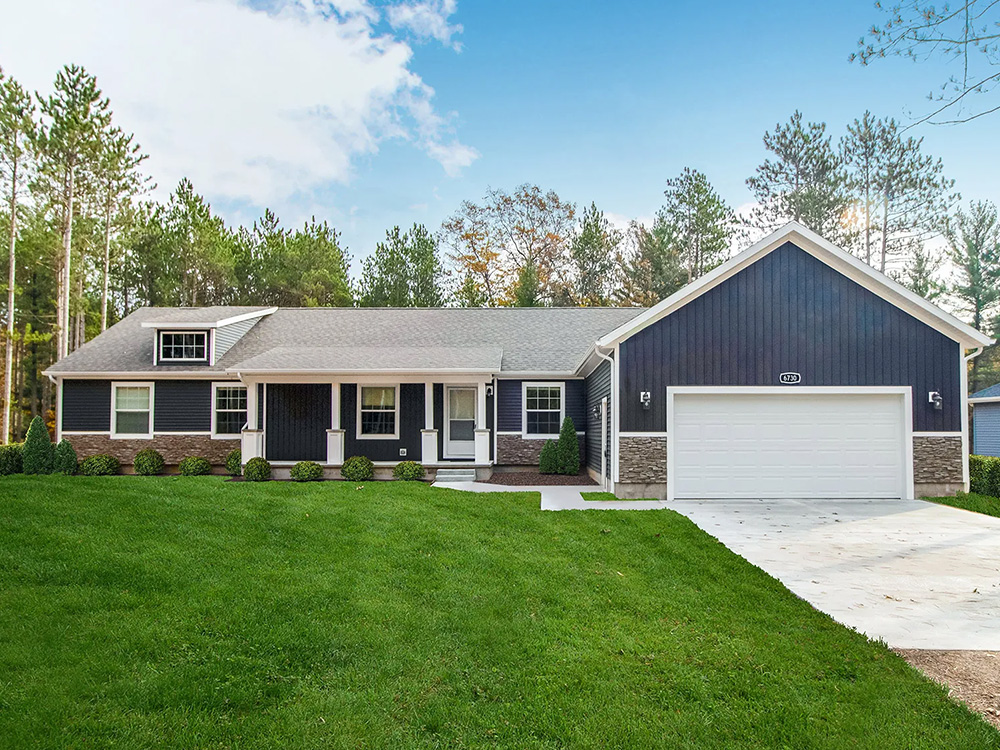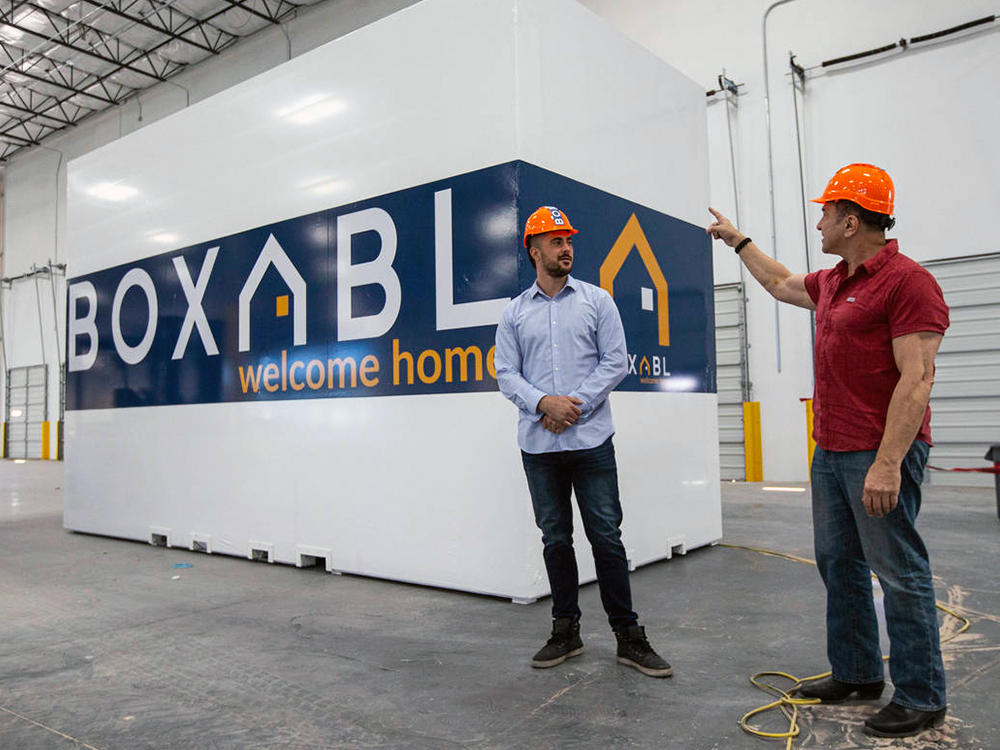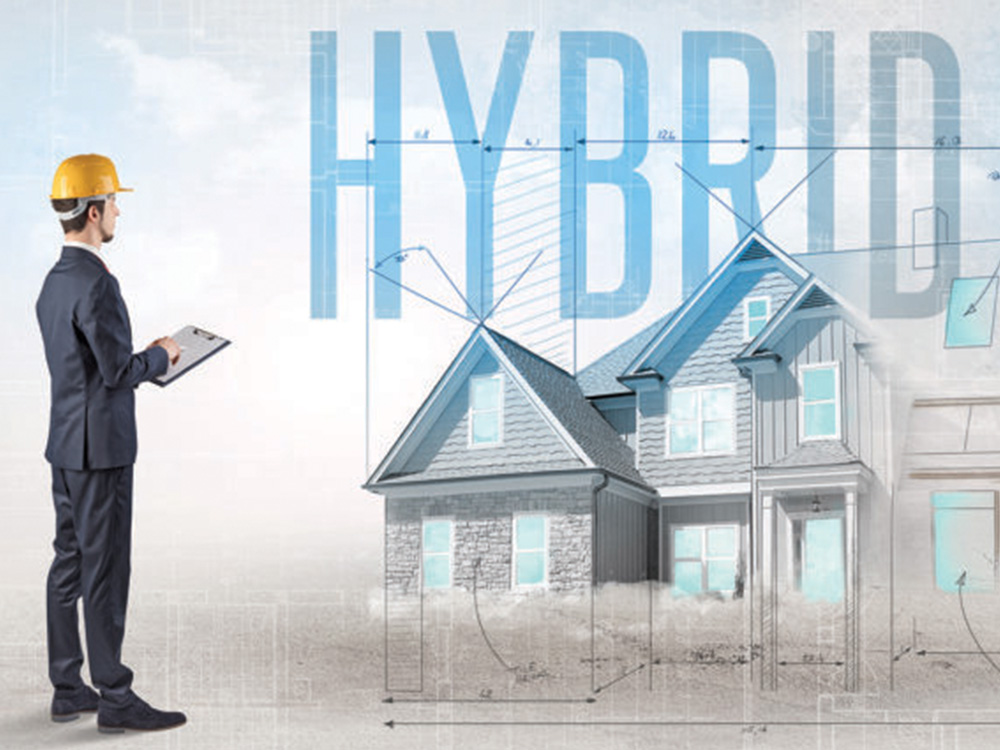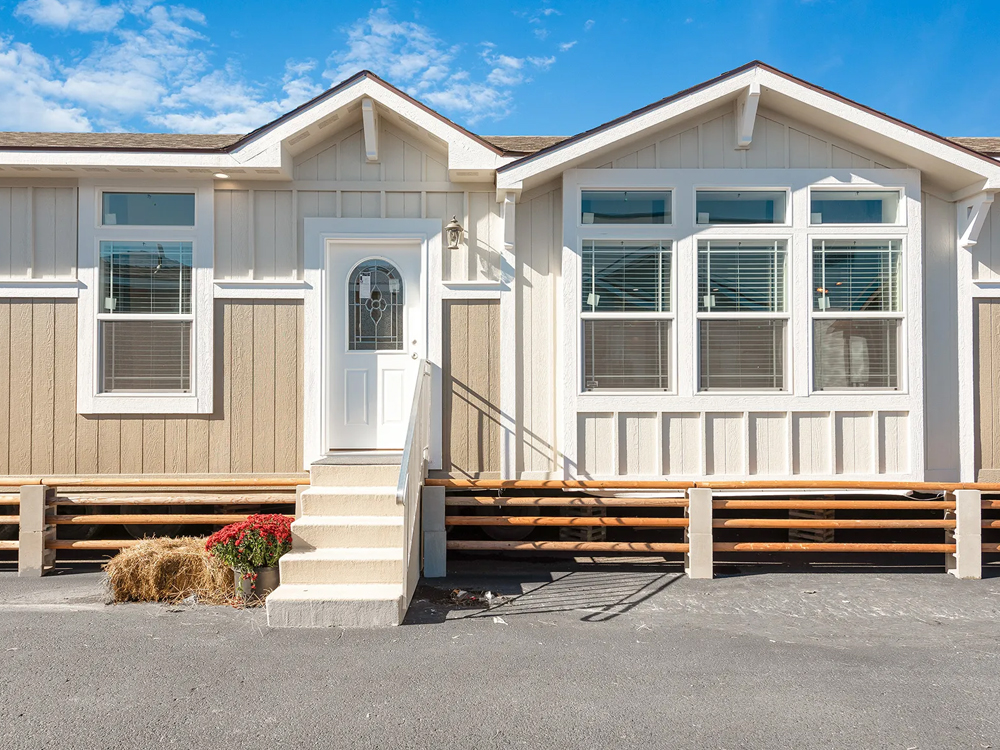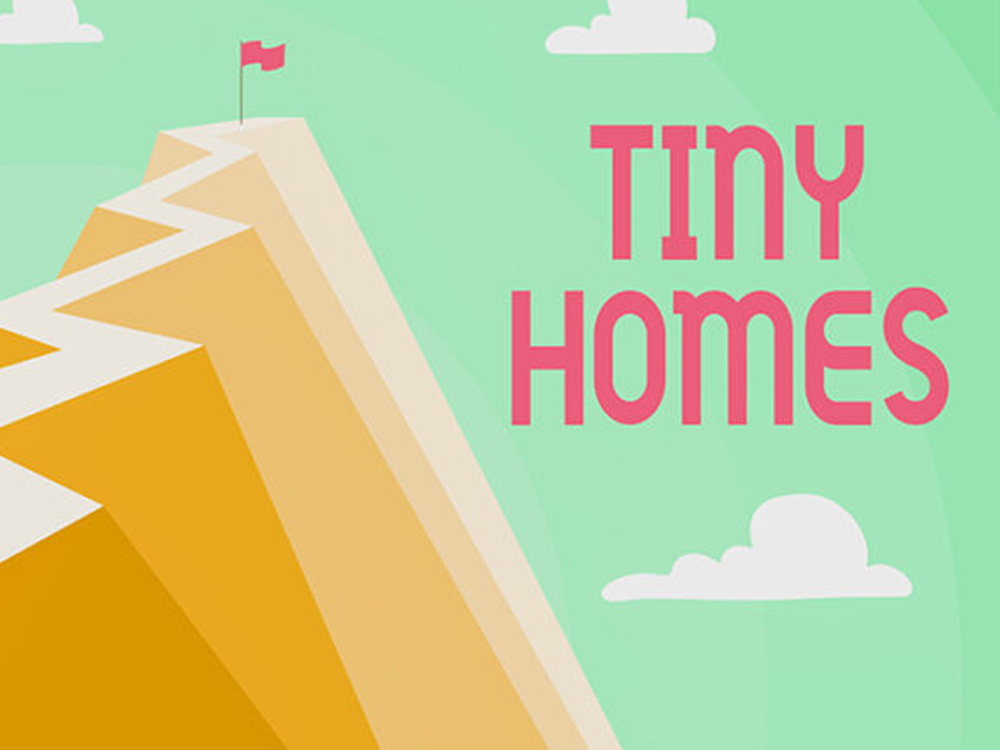
Can Modular Grow Bigger by Thinking Small?
Credit: “Original article by Ken Semler of Offsite Builder via The Final Word.”
This article includes two small structure topics: one about modular accessory dwelling units, or ADUs, and one about communities of small modular homes. Why did we decide to cover these topics? Because there’s a growing demand for both, and because modular builders are poised to meet that demand.
First, consider the tiny house movement. It has swept the country, with jamborees, TV shows, countless blogs and even a magazine dedicated to the topic. The concept has enamored the US population for at least a dozen years. But, does the tiny home movement have a place in off-site construction? How has it influenced home design and home sizes? It’s been interesting to observe.
As with most things in our culture, the interest has been at least partly media-driven. I’ve seen television shows where the host takes a couple looking to downsize to look at three different tiny homes on wheels to see which one they like the best.
These homes are usually built on a tandem axle trailer frame and average 8 ft. wide by 16 to 20 ft. long—about 128 to 160 square feet of living space. Now that’s tiny, but tiny doesn’t necessarily mean inexpensive. These homes can cost $200-300 per square foot or even more.
But as Darin Zaruba points out in Small Homes, Big Opportunities, there’s a healthy market for tiny homes, which are often branded as park models. Many builders and developers offer park model homes as well as small modular homes.
Darin also tells us that small modular homes are actually a bigger market. He defines small homes as having an average of 1,000 square feet of floor space. Costs range from $150 to $250 per sq.ft. and some cost even less. These homes offer residents affordable mortgage or rental costs.
But financially strapped families aren’t the only ones looking for small structures. The pandemic saw people home together for long periods, which has made a lot of them determined to have enough private space for everyone going forward. Owners of the typical three- or four-bedroom home are increasingly looking for ADUs on permanent foundations, as Zena Ryder details in Factory-Built ADUs.
So where does that leave off-site construction? So far, it’s been a struggle. Providers of tiny and small homes are pioneers, and as pioneers have taken their share of arrows.
One challenge has been the variety of building code requirements and zoning restrictions across the country. Do you build to the HUD Code (for manufactured homes), the ANSI code (for park model homes), or the IRC (for modular)? The minimum allowable home size also varies from place to place.
But homebuilders have always faced restrictions and have always been able to adapt their products or work with authorities or to change code and zoning rules. The small modular home movement will adapt as well.
The driving force behind this movement is the rapid rise in home prices. Homeownership is the American dream for many, and to capture that dream many are turning to small homes as a way to provide their family with a place to live. The efficiencies made possible by off-site construction are a perfect fit for this movement.
